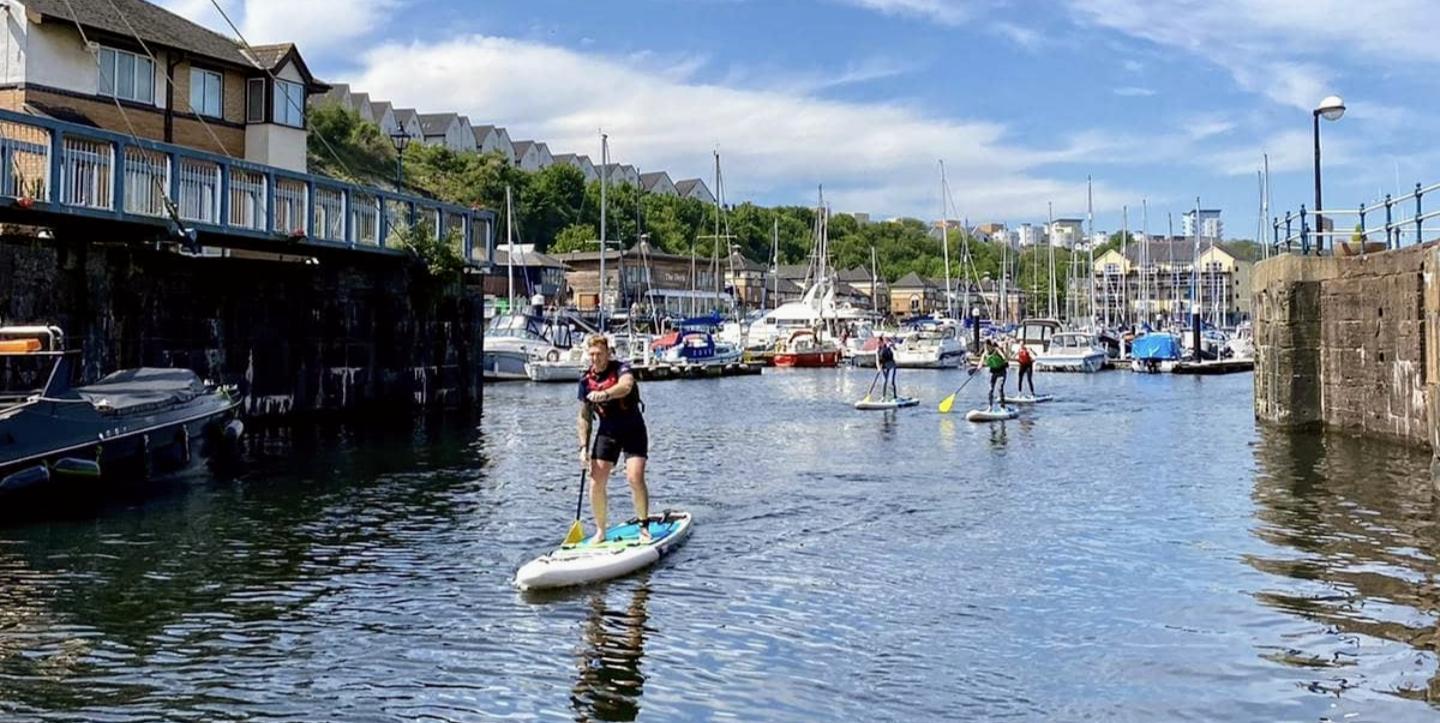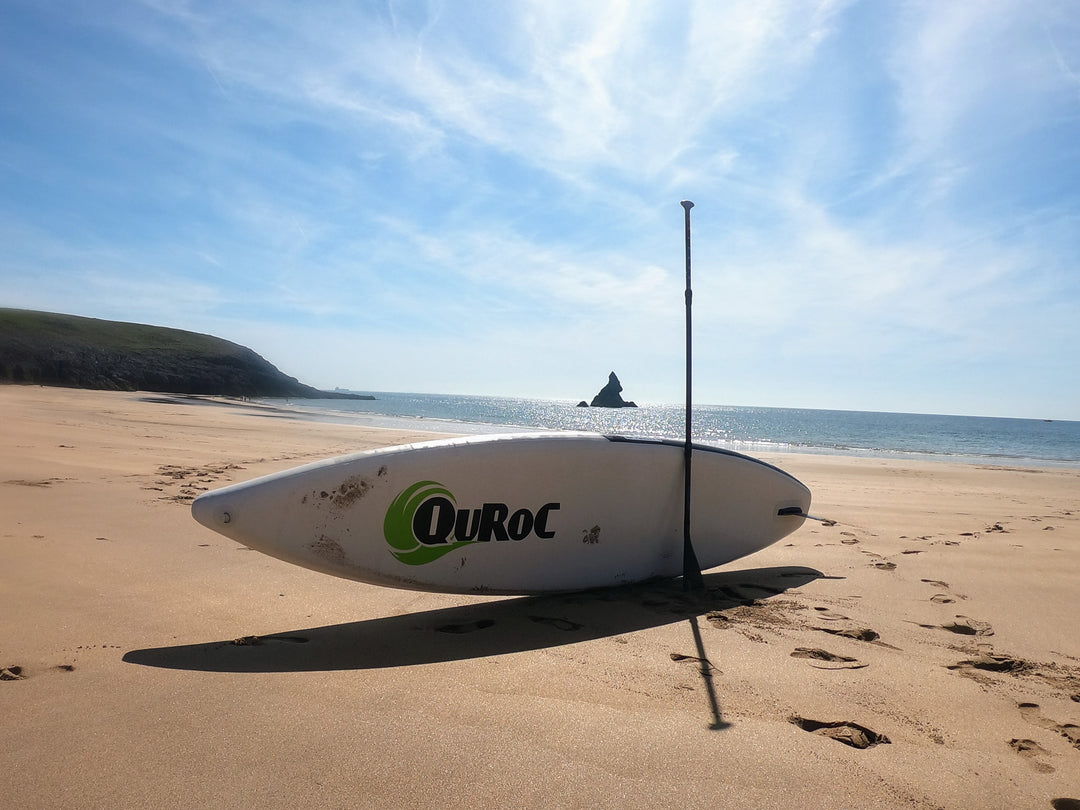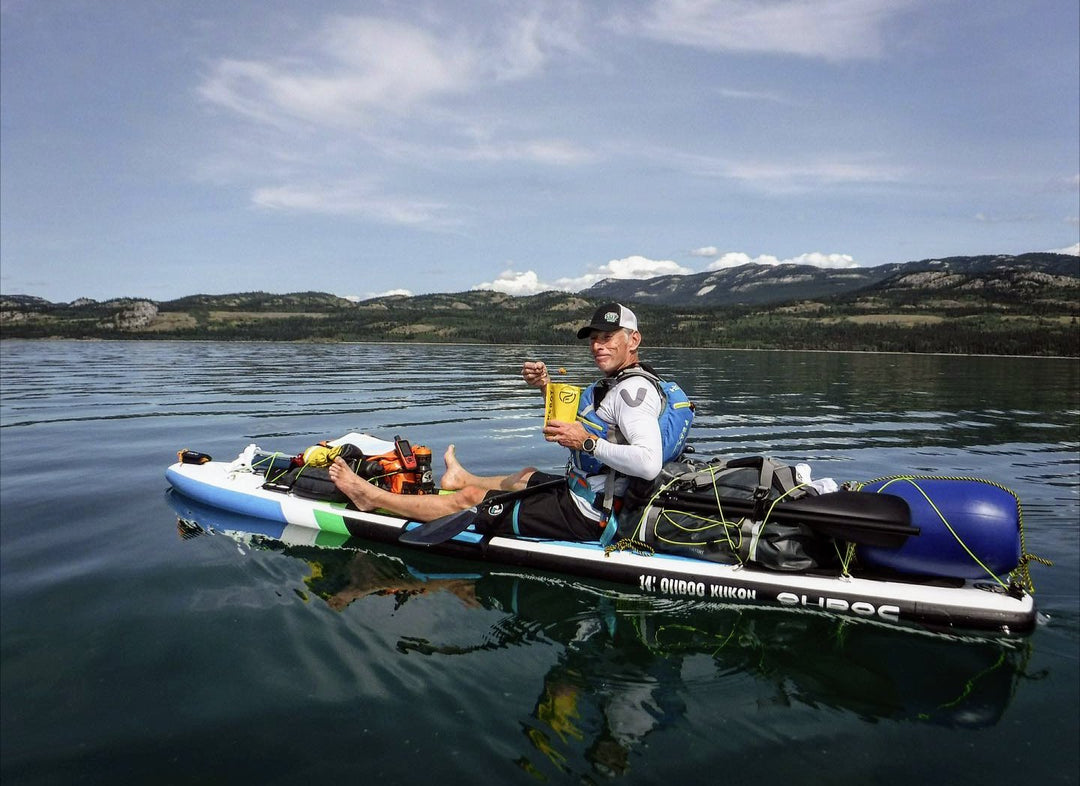SUP has grown dramatically in popularity in the last few years and now more and more people are experiencing the benefits of owning a stand up paddle board which many of us have enjoyed for years. Paddle boarding is not only a fun, energising activity that is simple to master, but it also allows you to connect with nature.
However, there are a wide variety of forms, shapes, materials, types, and constructions of paddle boards available. Since purchasing the right paddle board is the first step in enjoying the sport, it’s a difficult task for any beginner.
The inflatable paddle board you choose will depend on your lifestyle, the purpose for which you intend to use it, and of course, the paddle board cost. Continue reading, and we’ll assist you in selecting the ideal paddle board for you.
How Much Should I Spend on My First Paddle Board?
Some of the best inflatable paddle boards may appear pricey, you should think of it as a one-time expense that comes with choosing the right equipment which directly translates to the best “on water” experience. There is a wide range of price ranges and degrees of quality to pick from to meet your budget and objectives.
Low Cost Paddle Boards
Typically £200-£400.
For a few beach days where you can enjoy paddle boarding near to the shore, this will be fine. This can be a lot of fun, but the actual paddling will probably feel slow, and the board might only last for one season. The accessories will be low quality and the board may feel a bit soft and bendy under foot.
Mid-Range Paddle Boards
Typically £400-£500.
Some paddle boards costing around £500 will be good enough to introduce you to the sport, but the materials and glues (in particular) are low quality, which has an immediate impact on how long your board lasts. The best glues and drop stitch materials are too expensive to employ on inflatable paddle boards in this price range. In hot weather you may see some of these boards with burst seams and air escaping from internal joints. Additionally, accessories will be compromised. The paddles will be cumbersome and ineffective. It’s important to note that a decent paddle is just as crucial as a good board because it acts as the board’s engine.
It’s a decent start but many paddlers who start out with a board in this price bracket quickly realise they want more out of their gear and soon invest in a better board.
High-End Paddle Boards
Typically £600-£1300.
If you can afford to and think you will spend a decent amount of time on the water, you should consider investing in a decent paddle board because the “on water” experience you will have will be so much better. The boards will be made of far superior materials, have had a full design process, and most likely, the factories utilised will follow higher moral and ethical standards. Paddle boards at this price point will be lighter and stiffer with shapes which improve tracking and glide speed.
Notably, the sales strategy used in this price range can significantly affect price. Quroc has a direct sales strategy, which means we market to consumers directly rather than through conventional brick-and-mortar merchants. This eliminates £300+ from the transaction, enabling you to get one of the best inflatable paddle boards in the UK for less money. Additionally, it means we can create a striking range of paddle board accessories to include as standard.
All-Rounder Vs Touring – Which One Is Best for Me?
Two of the most popular shapes for SUPs are all-around and touring. Their shape makes them instantly recognisable and distinguishable from one another. Firstly, the nose of an all-around stand up paddle board is more rounded. In contrast, the nose of a touring stand-up paddle board is pointed. Although it might not seem like much, on the sea, it makes a huge difference. Secondly, Allround boards are normally wider and more stable. Touring boards will be thinner, less stable but faster through the water.
If you’re a beginner, our all-rounder paddle boards are your best bet. Read on to discover why.
All Rounder Paddle Boards
One of the differences between all-around SUPs and touring boards is a more rounded nose. An all-around SUP differentiates itself from other rounded nose boards, such as yoga, multi-purpose, etc. by balancing stability and speed.
They are very adaptable as a result. They are known as all-arounders for a reason. To keep it out of the water, the rounded nose has a rocker, or upward slope from the bottom. All-around boards can ride on top of the water rather than being split by waves to either side thanks to this feature and a broader deck. They become more stable as a result.
When is an All-Round Paddle Board Right for Me?
- You’re a leisurely cruiser who enjoys paddling. You want to spend some time on the water.
- When you initially start out, you want to improve your skill level because you’re interested in taking stand up paddle boarding seriously.
- You like using your board for a variety of pursuits and on numerous waterways every day.
Paddle Board Size Guide for Beginners
Based on your use and paddle boarding experience, choose the right stand up paddle board size.
For the most stability, beginners should choose a wider paddle board, typically 32″.
Our allround paddle boards are perfect for beginners. Our Qi Crossover’s come in a variety of three sizes – 10 6 paddle board, 11 4 paddle board and 12 ft paddle board. If you’re lacking confidence in your balance, then the 12” might be the best for you. The slight increase in length and width creates a super stable paddling platform whilst retaining a great performance.
Still Unsure?
If you are at all unsure about the best board for you, give us a call on 01446 792068.
We are more than happy to advise you on what size board is most suited to you, even if it’s not going to be one of ours.





